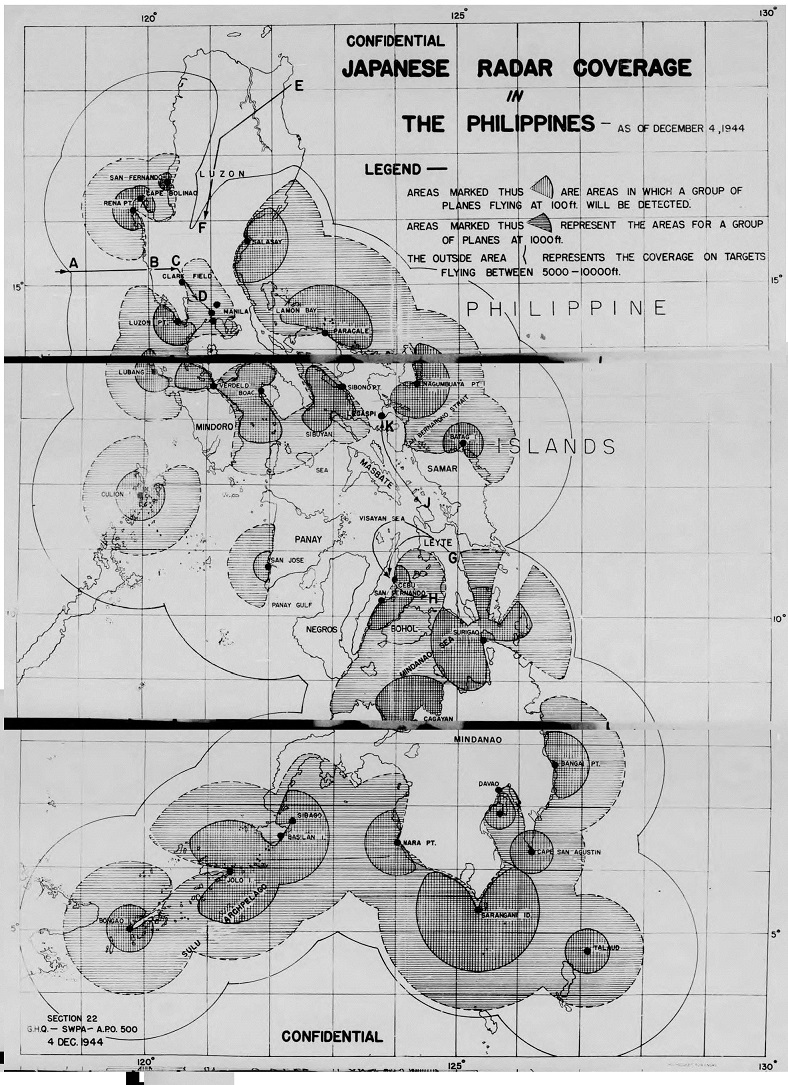UPDATE: Greg Cochrane is doing chapter by chapter discussion of the Reich book so I will just link to his discussion. This week it is the chapter on India.
On the whole, people from North India have more ANI ancestry, while people in southern Indian have more ASI ancestry. The proportions generally range from 80% ANI to 80% ASI. There are actually a few populations that are close to unmixed ANI (Kalash) or unmixed ASI (tribal populations in South India such as Palliyar, Ulladan, Malayan, and Adiyan). Groups that speak Indo-European languages typically have more ANI, while those speaking Dravidian have more ASI. Populations (including castes) with higher social status generally have more ANI ancestry. The Y-chromosome and mtDNA patterns show that ANI contributed a disproportionate fraction of male ancestry, while ASI accounts for the great majority of female ancestry again, much like Latin America.
The Y chromosome suggests male ancestry in a situation where the male conquerer mates with female conquered tribes.
The Brahmins have the highest proportion of ANI or Indo European genetic material.
I don’t know how many here are interested in this but the new book by David Reich may prove to be as revolutionary as Murray’s “The Bell Curve”.
I’m reading the new book, “Who We Are and How We Got Here”.
